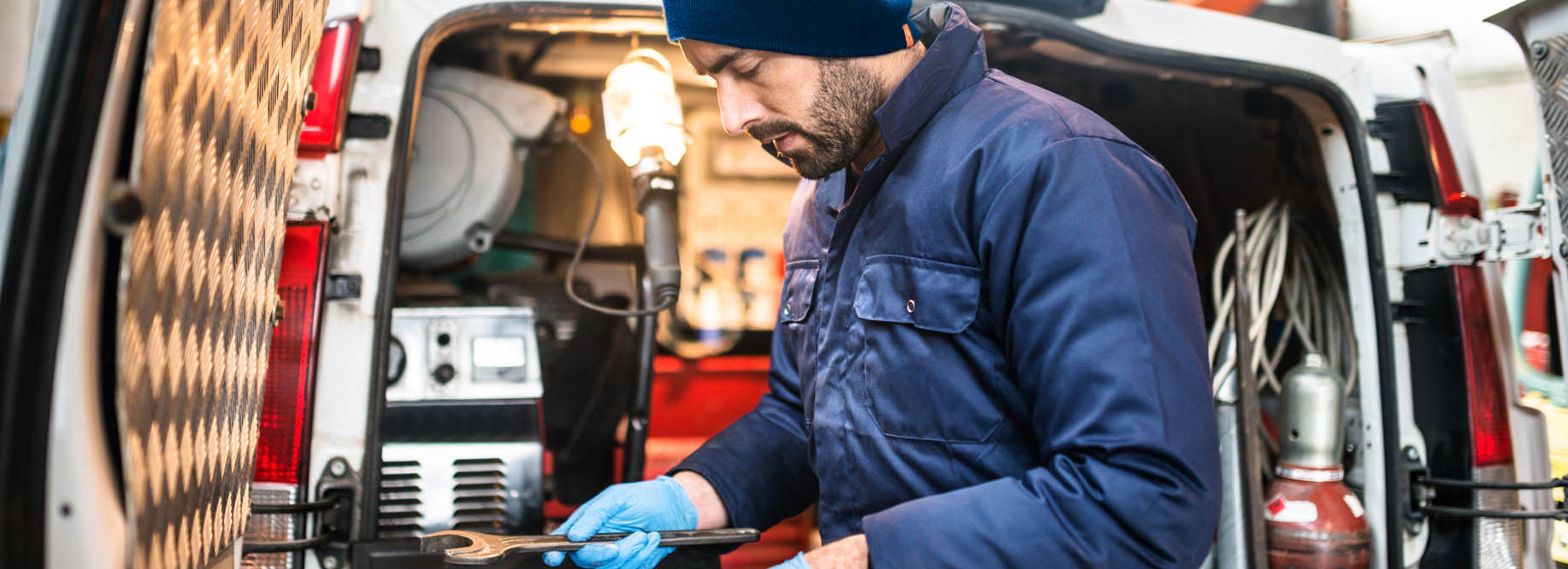There are many contributing factors to running a successful business: great leadership, team engagement and the right working tools and equipment. That last piece can sometimes be pricey or unexpected. Whether you need to upgrade your fleet to serve your customers better or acquire a new wheel loader for a big job—sometimes it’s hard to have all the cash on hand for the things you need to run your business like a well-oiled machine. That’s where equipment financing comes in.
What is equipment financing?
Equipment financing is like any other type of financing—it’s a loan or lease taken out with a Financial Institution or through a broker. However, in this case, the financing is used to purchase business-related equipment. For example, if you’re starting a new business and you need a new (or used) road roller. Once you acquire the equipment, you’re on a fixed payment schedule versus paying the full equipment cost upfront—just like a personal auto loan or lease.
According to Peter Cotterill, AVP Direct Sales, Auto & Equipment Finance at Coast Capital, there are several benefits, “Rather than paying for applicable sales taxes upfront, these taxes are assessed on the lease payments and distributed over the lease term.” This means you can spread your tax payments over a longer period.
Lease financing is an agreement between an equipment owner known as the lessor (financial institution/funding source) and the user of that equipment, known as the lessee (business). The lessee pays a periodic rental payment, usually monthly, to the lessor for the use of the equipment. At the end of the agreed-upon term, the lessee is responsible for executing a purchase option to gain title and ownership of that equipment. That just means, the lessee must purchase the asset or they may direct the sale to a third party which would either produce a gain or loss on sale which goes to the credit of the Customer (Lessee).
Lease financing is generally structured with a term ranging from 36 to 60 months and typically requires a down payment ranging from 5% to 20% of the original equipment cost.
Why would a business consider equipment financing?
Businesses typically lease equipment to accommodate their growing business, replace ageing equipment, meet the demands of new customers and contracts–all of which helps businesses maintain their competitiveness and efficiency in the market. The main reason equipment is leased instead of purchased outright is because small-to-medium-sized businesses rarely have the cash available on hand to buy the equipment outright.
According to Cotterill, here are some of the main reasons why a business would consider lease financing:
- Quick and easy approval process
- Low monthly payment options
- Improve a company’s cash-flow position
- Pay for the equipment as you profit from the use of it
- Preserve capital
- Maintain borrowing capacity and operating lines of credit
- Overcome budgetary limitations
- Possible tax benefits
- Simple documentation process
What kind of equipment can be leased?
Both new and used assets can be leased and, in the case of assets currently owned by the business, the equipment can be financed through a sale and leaseback transaction. The most common leased assets include transportation equipment (tractors, trailers), construction equipment (excavators, backhoes) material handling (forklifts, crane trucks) and equipment for manufacturing and automation (CNC Machines).
How do you get financing for equipment?
Securing lease financing is a quick and easy process that begins with the completion of a credit application. Typical applications are processed within 4 business hours.
How do I improve my credit to get better financing options?
If you’re unsure of where you stand or want to ensure you get the best financing options, you can utilize credit wisely in the following ways:
- The longer you have a credit account open and in use, the better it is for your score
- Limit your number of credit applications or credit checks
- Use different types of credit – credit card, line of credit, mortgage, loan and lease
- Always make your payments on time and make at least the minimum payment if you can’t pay the full amount that you owe
- Don’t skip a payment even if a bill is in dispute
If you want to look into equipment financing for your business, talk to our Equipment Financing Team about your options.



